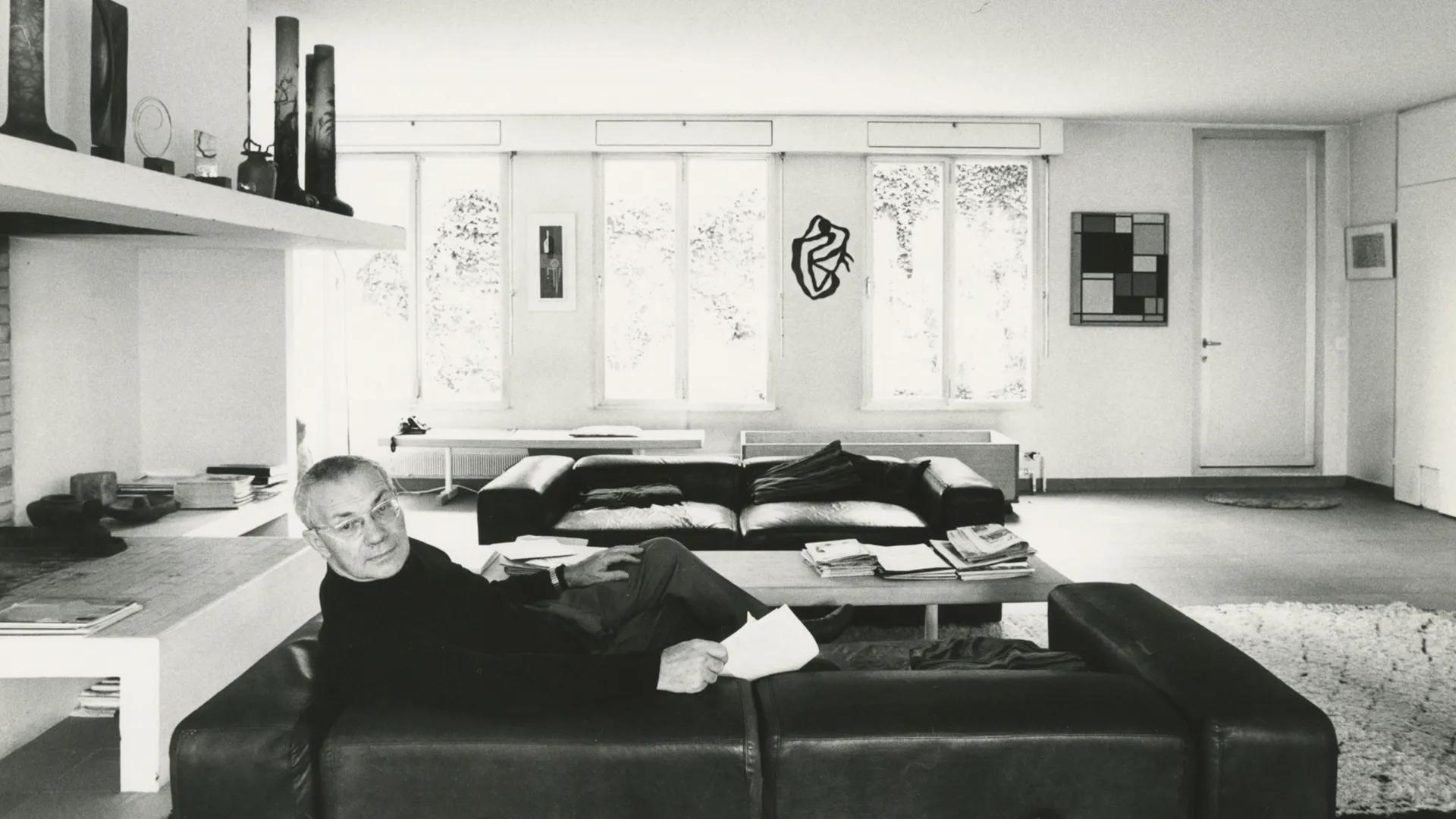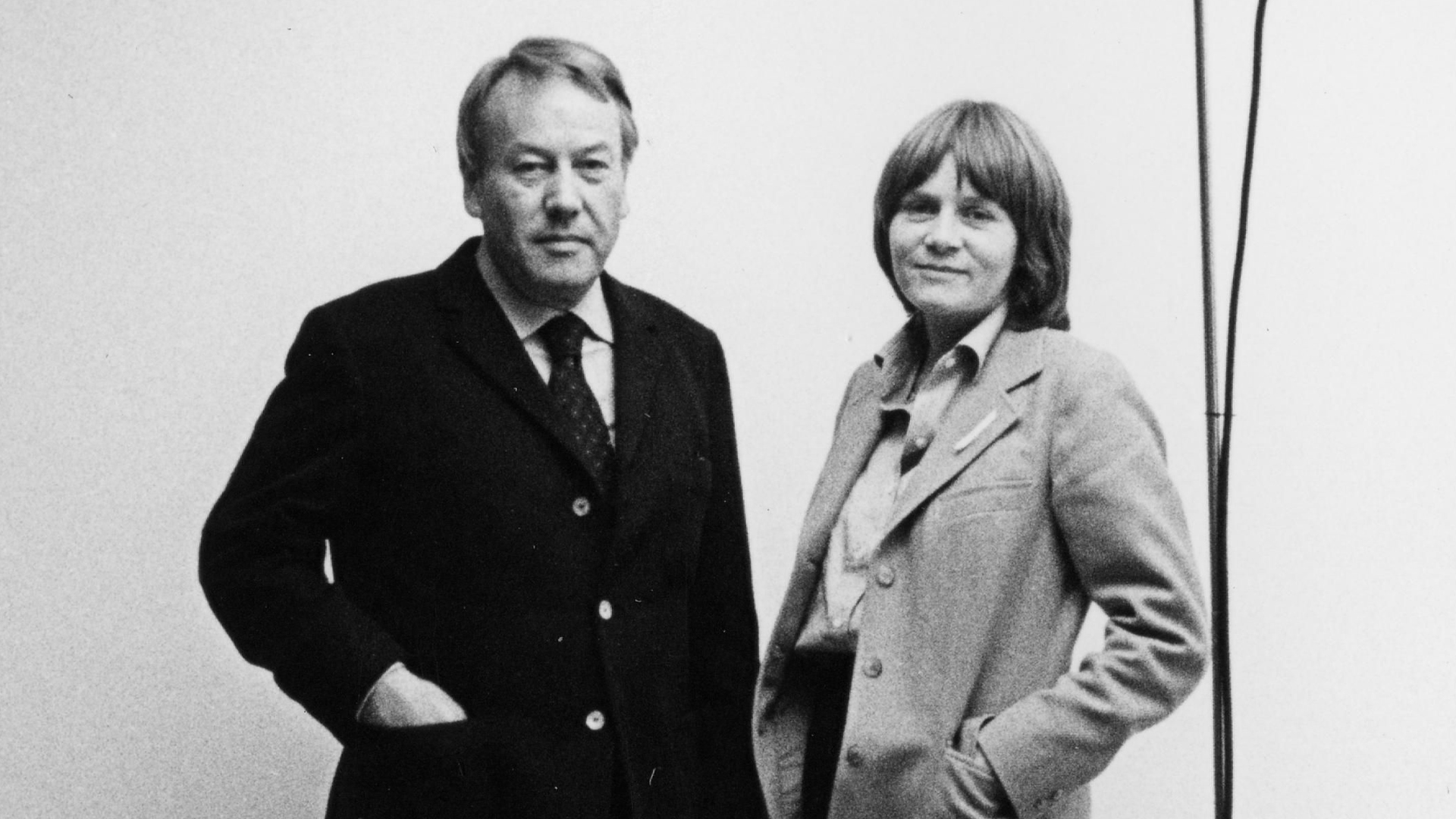Artistic collaborations have been an integral part of Lehni’s activities for more than a century and remains a focal point of their ongoing commitment to crafting products of outstanding quality, sustainability and design. This exhibition presents a selection of the Swiss metal furniture company’s unique collaborations with renowned artists that resulted in exceptional artworks and furniture.

Explore the exhibition
Founded in Zurich in 1922 by Rudolf Lehni (1885–1956) as a sheet metal workshop, situated in close proximity to the Kunsthaus Zurich, Lehni cultivated contacts with the artistic avant-garde and his workshop would become a meeting point for many artists. Lehni soon became the artist’s collaborator, bringing expertise in metalwork to the creative vision of the artist. One of the first standout partnerships was with the internationally renowned artist Max Bill, who commissioned Lehni to make his famous ‘well-relief’ in 1932.
I. Max Bill, Zumikon 1984; II. Rudolf Lehni with Doris Lehni Quarella, Zumikon 1979 (I. & II. © Doris Quarella/Fotostiftung Schweiz. Photo: Doris Lehni Quarella); III. Max Bill. Expo 64, Lausanne © Musée historique de Lausanne
Although Bill would never design for the company, his influence played an important role in the company’s development from sheet metal workshop to furniture manufacturer. The industrial manufacturing expanded when Rudolf Lehni Jr. (1927 – 1981) took over the company management. A new bending technique for sheet metal made the company well-known in architectural circles.
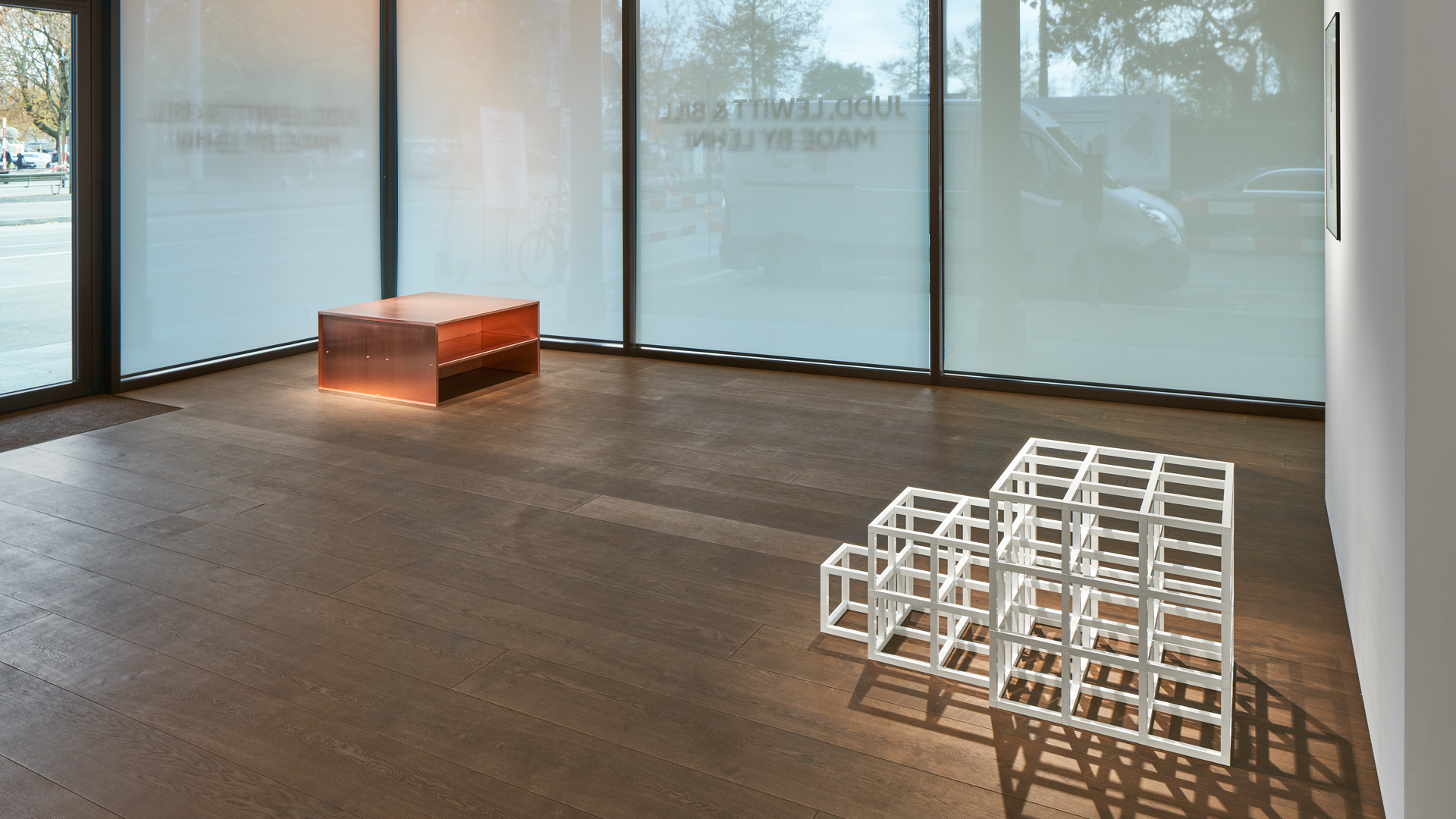
Alongside managing the company, Lehni Jr. also taught material science and metalworking at the Kunstgewerbeschule (School of Arts) in Zurich, where he crossed paths with Andreas Christen (1936 – 2006), who would come to design the majority of the Lehni furniture collection over the following four decades. Under Max Bill’s guidance, Christen and Lehni would conceive the famous ‘Aluminium Shelf’ that was created for the 1964 Expo (Swiss National Exhibition) in Lausanne and was subsequently added to the collection.
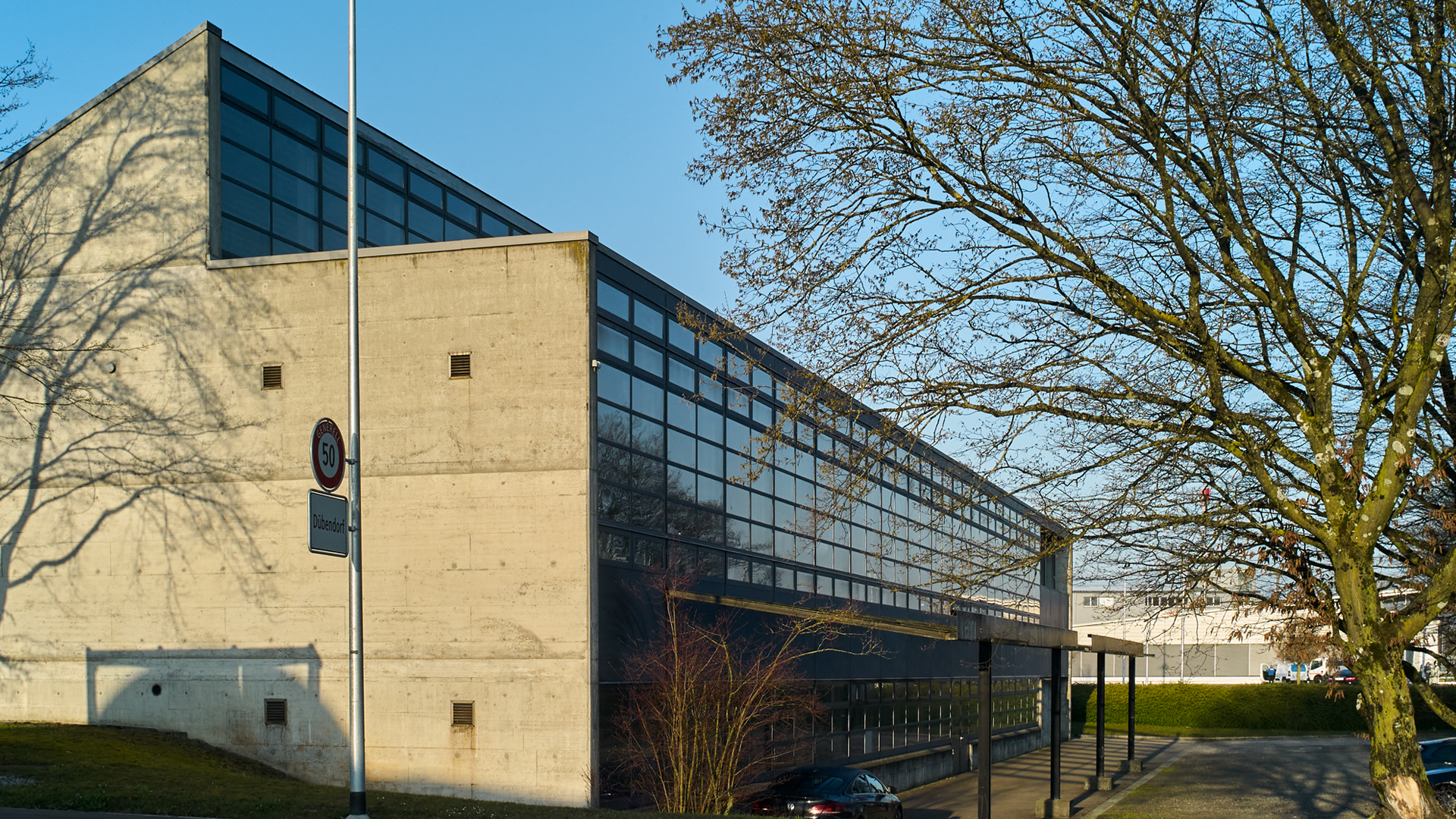
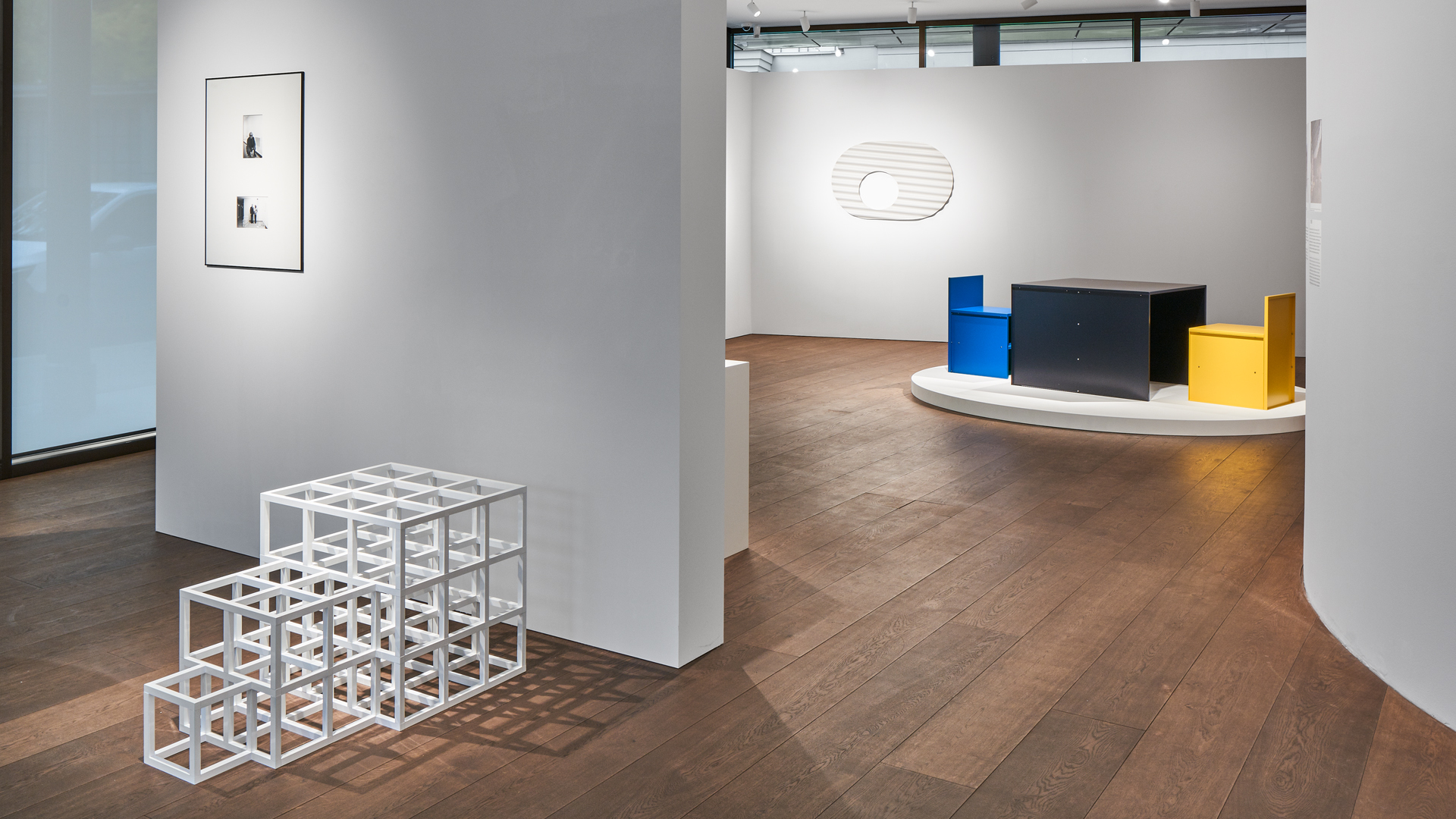
In the 1970s, furniture manufacturing became a focal point for the company and close ties with the Zurich art scene saw new collaborations with artists. The Annemarie Verna Gallery in Zurich, one of the leading galleries for contemporary art in Switzerland, played an important role in introducing international artists to the Swiss metal experts. American Sol LeWitt (1928 – 2007), a pioneer and one of the founders of minimal and conceptual art who gained early recognition in Switzerland through his ties to the Zurich school of concrete artists, realised metal versions of the sculpture series ‘Structure’ (1978) and ‘Cube’ (1985).
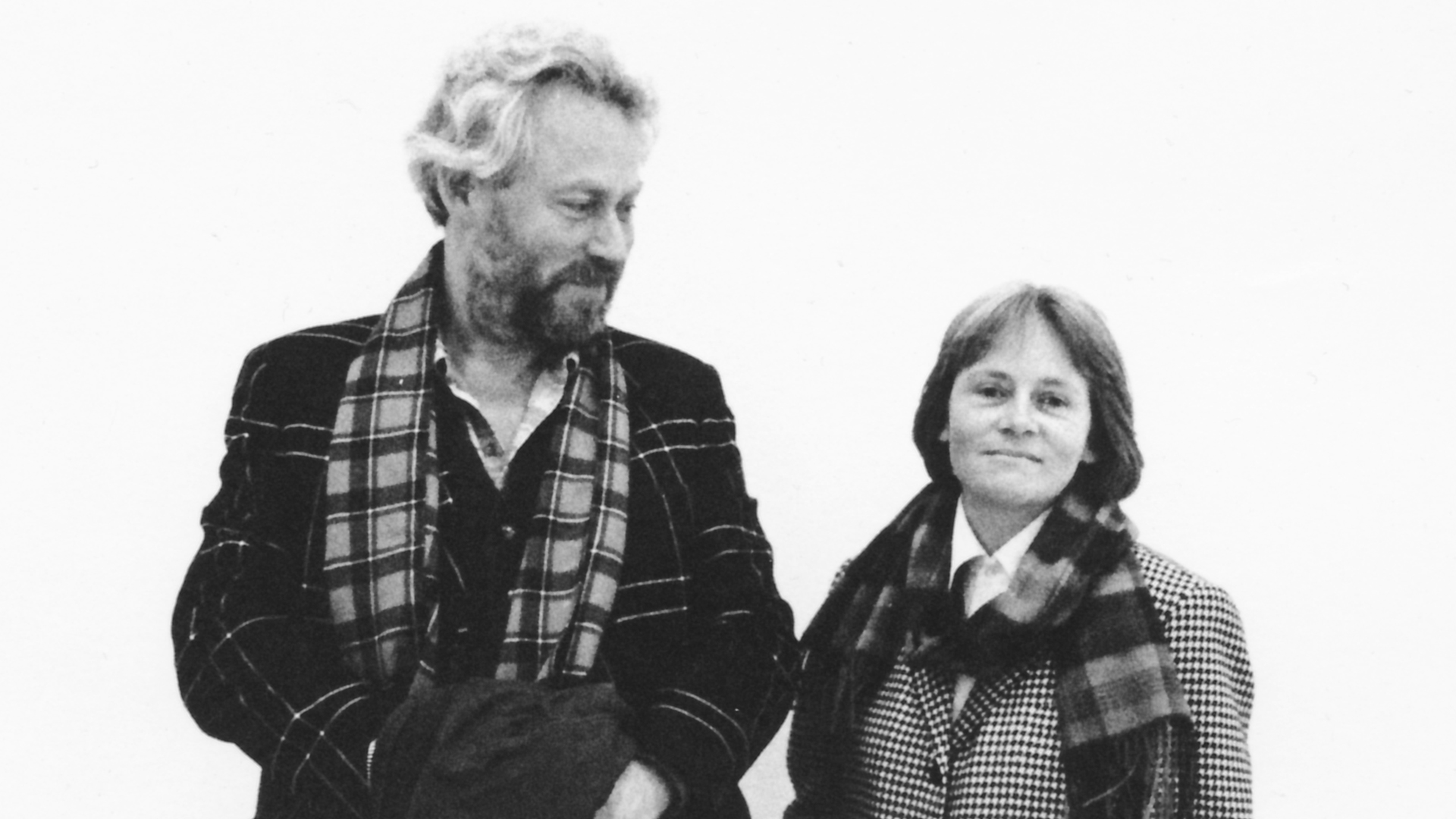
Doris Lehni Quarella with Donald Judd, Zurich 1986 © Antonio Monaci/Lehni. Photo: Doris Lehni Quarella © Doris Lehni Quarella/Fotostiftung Schweiz
After Rudolf Lehni Junior’s untimely death in 1981, his wife Doris Lehni-Quarella (1944 – 1998) took over the company’s management and visionary lead. A photographic artist in her own right, the exhibition highlights a series of artists’ portraits by Lehni-Quarella, when she helmed the company in the 1980s and ‘90s. She continued to expand the Lehni furniture collection in collaboration with Andreas Christen and continued to forge close relationships with contemporary artists and designers.
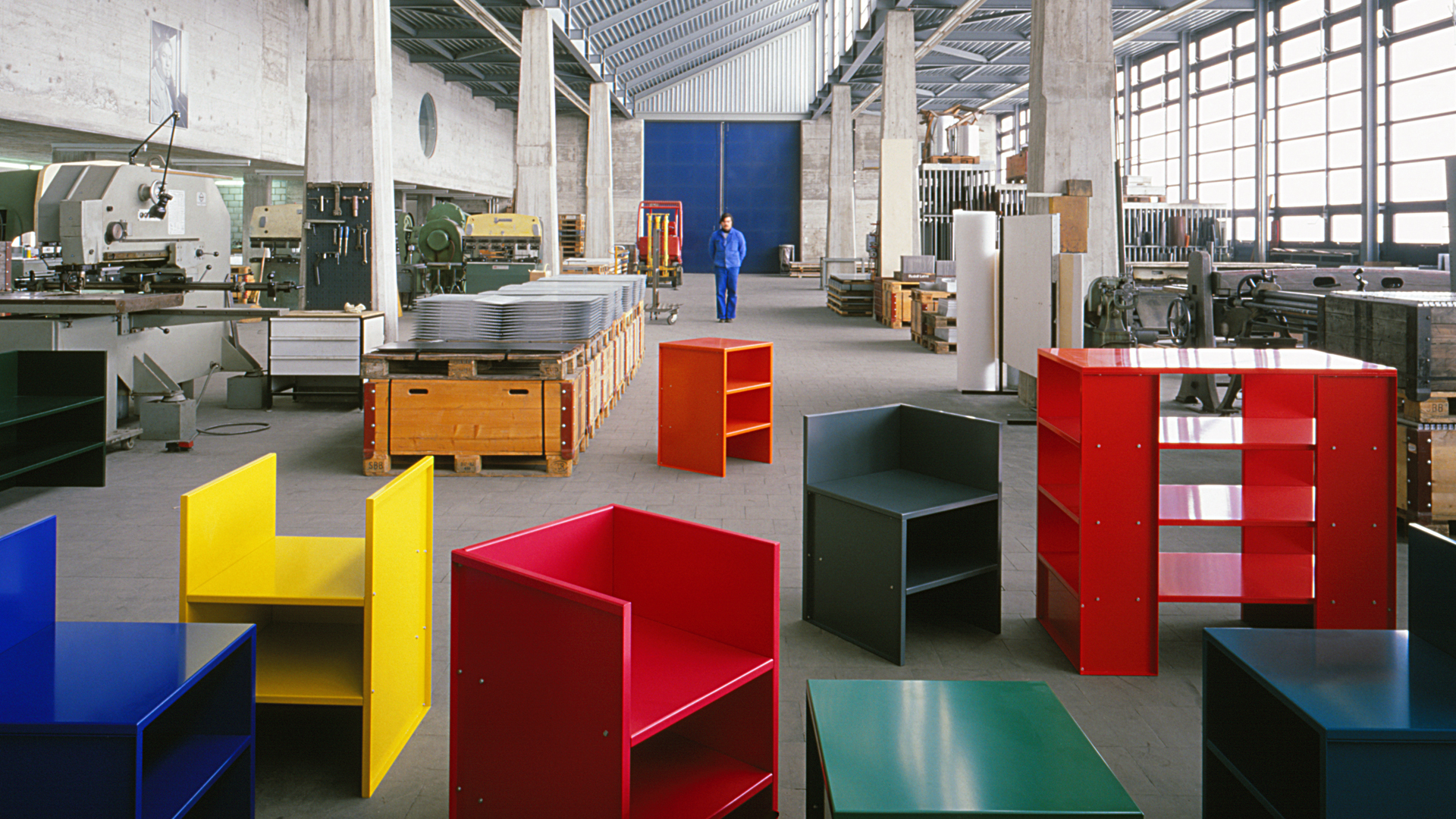
Lehni Factory, Donald Judd Multicolored, Dübendorf 1984 © Judd Foundation / 2024, ProLitteris, Zurich. Photo: Doris Lehni Quarella © Doris Lehni Quarella/Fotostiftung Schweiz
After Doris Lehni-Quarella’s unexpected death in 1998, the leadership of Antonio Monaci and Benedetta Agostini led the company in the direction set by the previous generations of the Lehni family, safeguarding its artistic integrity and legacy. The exhibition ‘JUDD, LEWITT AND BILL. MADE BY LEHNI’ takes us through a century of collaborations at the intersection of material expertise, art and design, having worked with some of the most influential creative minds of modernism.
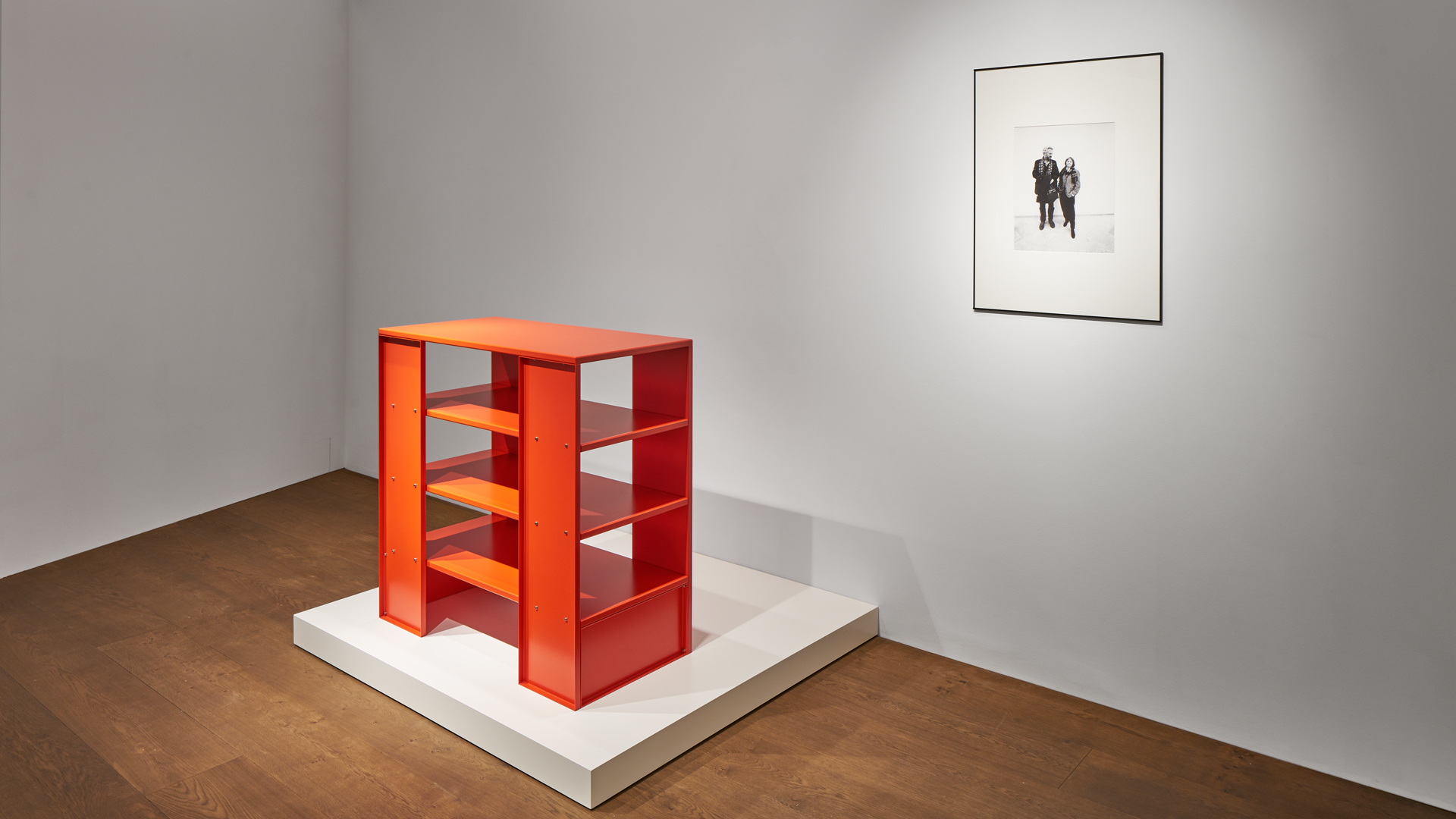
Donald Judd, one of the most significant and radical artists of the 20th Century, was introduced to LehniQuarella via their mutual friends Annemarie and Gianfranco Verna. Judd would set up a workplace at the Lehni factory for several weeks, working in close cooperation with metal work specialists and craftsmen on his multicolored works. Inspired by these works, Judd and Lehni embarked on another collaboration and created furniture, comprising 15 designs made of powder-coated aluminium, originally available in 15 colours, now available in 21 colours, clear anodized aluminium, copper and brass.
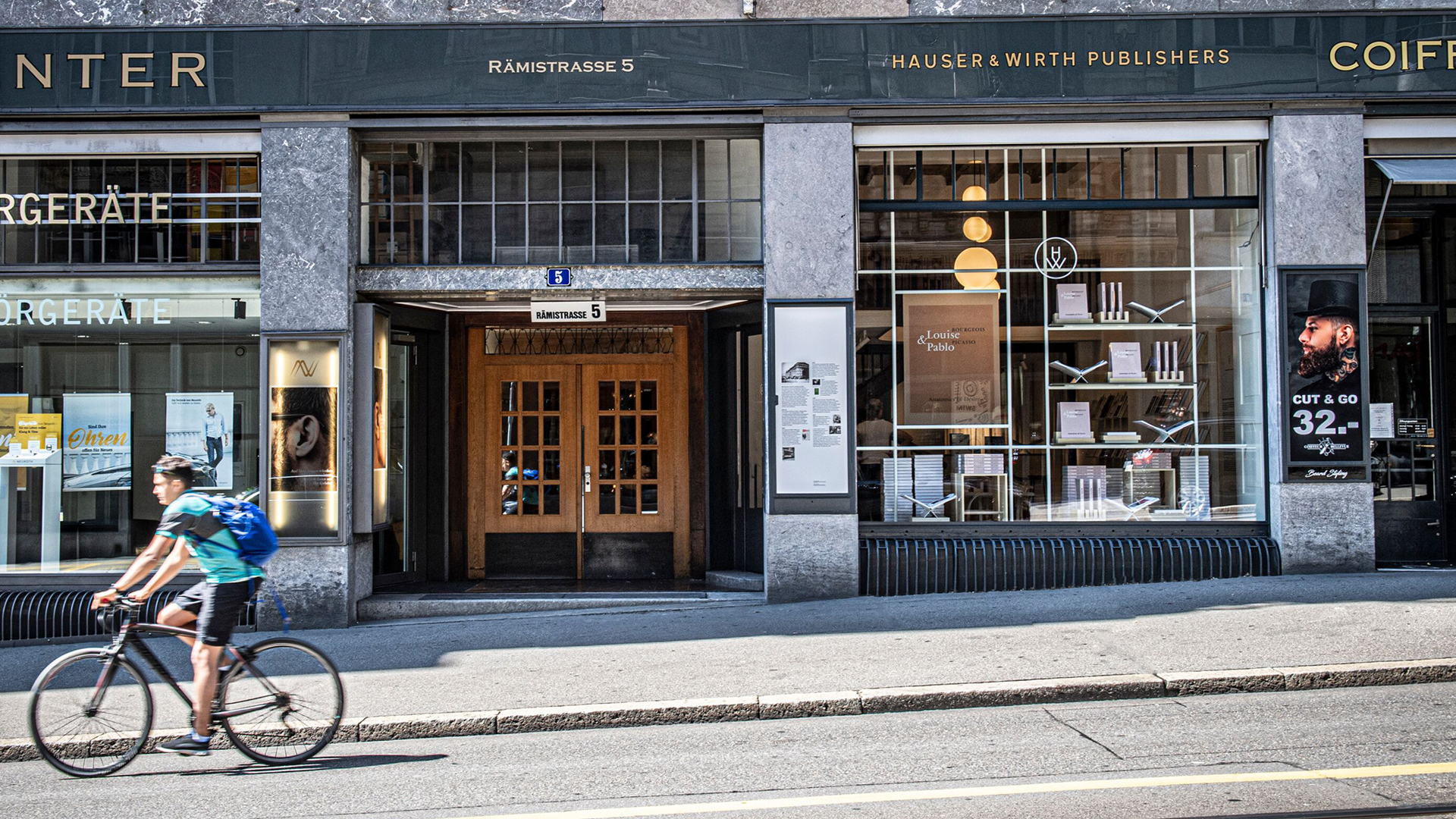
Made by Lehni at
Hauser & Wirth Publishers
Please find a selection of ‘Judd, LeWitt & Bill. Made by Lehni’ exhibition-related art books at Hauser & Wirth Publishers Headquarters, a 7-minutes walk away, on Rämistrasse 5, 8001 Zurich.
Current Exhibitions
1 / 12



